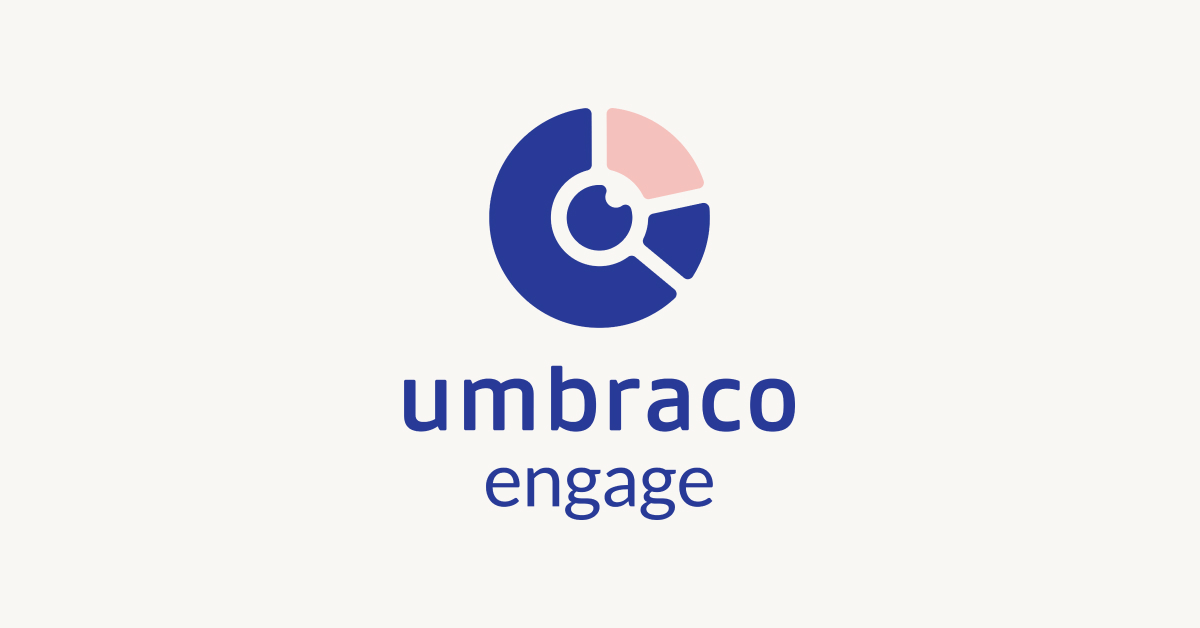The Extra Mile: Give Your Personas a Face
Once you’ve defined your personas, having consistent way to identify them makes internal discussions and marketing efforts much clearer. You can use stock photos, icons, anything that can easily help identify personas and content for them.
Or maybe try to see if AI can help make personable representations of your personas. Note that AI-generated images are quite resource-intensive and the outcome can be a bit hit-and-miss; it’s still early days for image generation, and also depends on which GPT/AI you're using.
💡 Try this: Generate persona images using this prompt:
Prompt #3
Generate a separate profile picture for each persona, ensuring consistency in style. Each image should:
- Show a face and shoulders on a plain white background.
- Vary only by skin tone, gender, hair type/color, facial hair, glasses, and clothing style (casual/business).
- Maintain identical lighting, color tones, and framing across all personas.
- Be free of text, backgrounds, or additional elements.
- Output the images in a high-resolution format suitable for digital use.
ℹ️ Why does this matter?
People connect better with visuals. A clear, realistic persona makes aligning teams, refining messaging, and ensuring consistency across campaigns easier. Being able to visually identify your target audiences will help immensely in making your personas shine.




